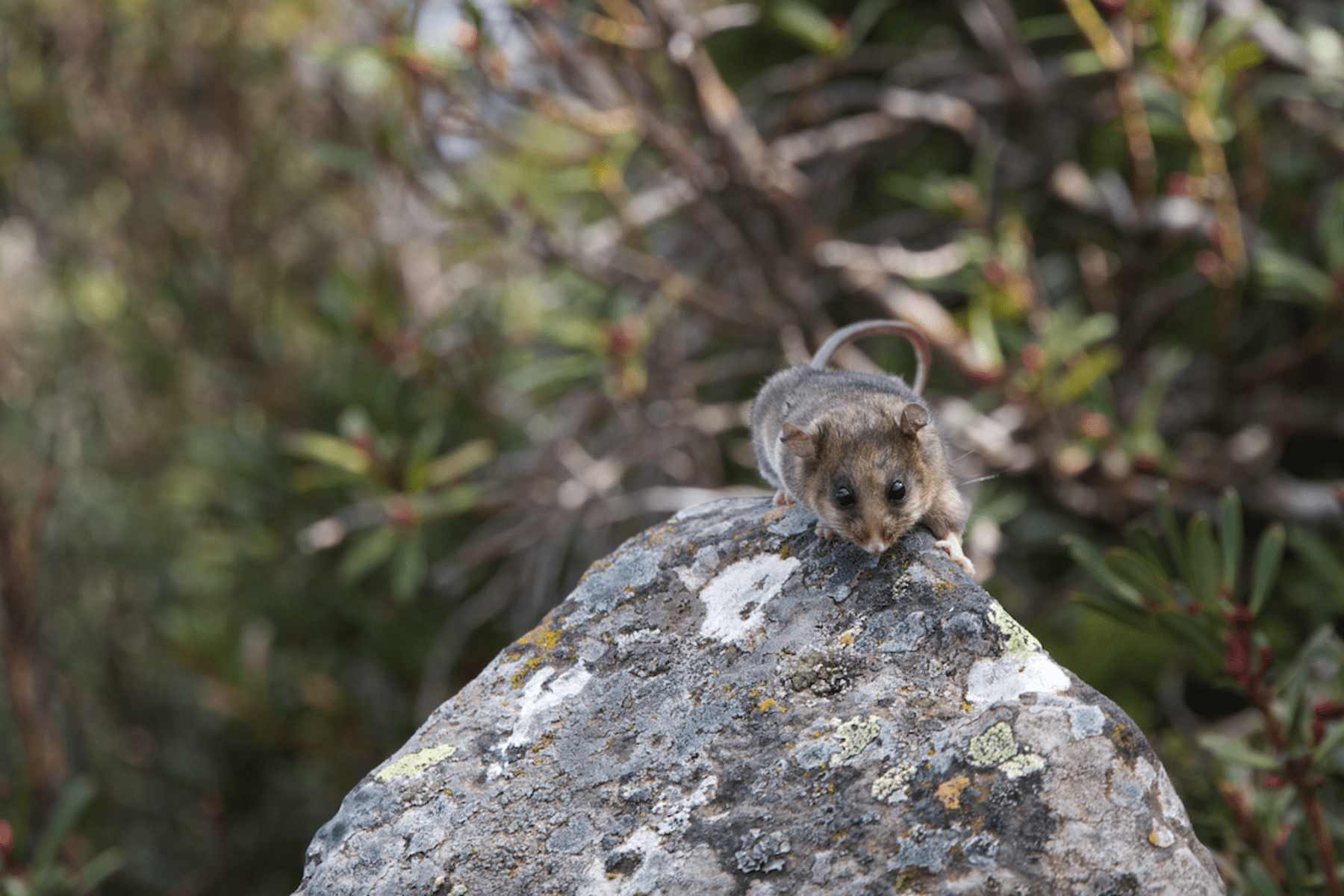
Variety is the spice of life… and key to saving wildlife
“This article was first published on Pursuit. Read the original article.”
Dr Andrew Weeks and Professor Ary Hoffmann
In the critical battle against extinction, conservationists use a variety of tactics to try to save species.
One of the most fundamental tools is maintaining the amount of variation of genetic material (DNA) in a group of animals – this is described as their “genetic diversity”. In general, the greater the genetic diversity, the higher chance of long-term survival.
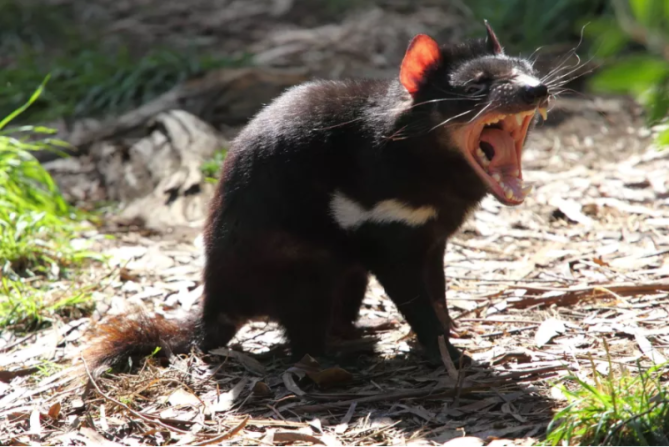
This technique works because a wider range of genes and gene variants is more likely to enable a species to adapt to unexpected conditions, including new diseases and warmer climates.
Just like having a small pack of playing cards, if we don’t have many to choose from, our options are limited.
The Tasmanian Devil has faced this issue, persisting as populations that have in the past been small, with reducing genetic diversity.
This limited genetic variation has meant the Devil’s immune system has reduced genetic options to adapt and fight off the contagious cancer known as the Devil Facial Tumour Disease.
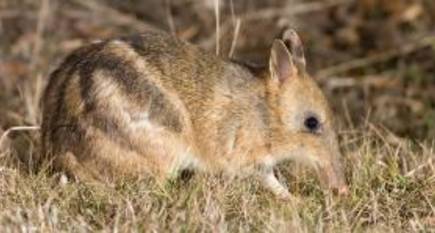
Coming to the genetic rescue of our endangered marsupials
WHAT IS CONSERVATION GENETICS?
The field of conservation, genetics deals mainly with strategies to conserve or enhance genetic diversity within species’ populations to promote their capacity to adapt, reduce the negative effects of inbreeding and random genetic drift, and ultimately, decrease their extinction risk.
So, from a conservation genetic perspective, a high level of genetic diversity within a species’ population (compared with other populations from the same species) generally reflects a “healthy” viable population.
A recent perspective has challenged this school of thought, arguing that the amount of genetic variation present in a population is not an important consideration for their conservation.
Because this view is not supported by the literature and ignores well-established evolutionary principles, it’s concerning that it may affect how conservation genetic strategies are applied in future.
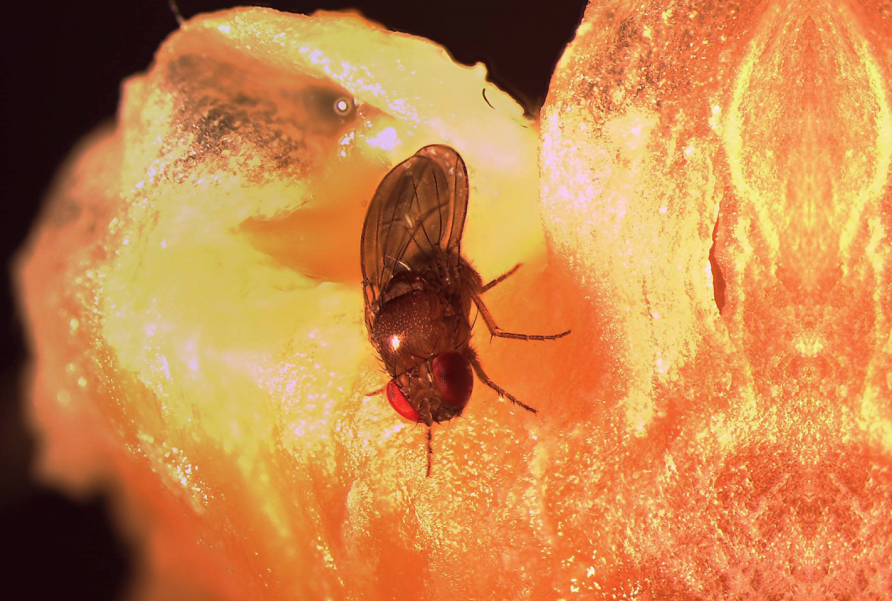
Genetic variation is measured by heterozygosity which is the presence of different versions of the same gene – known as alleles – at a number of locations across the genome of individuals.
The process of inbreeding leads to increased sameness or homozygosity – that is the same versions of a gene are the same allele – through mating between related individuals.

Speeding natural selection in the name of conservation
Deleterious alleles (versions that negatively affect health) reduce the likelihood of reproducing for an individual, and are typically expressed when homozygous.
This results in a decrease the individual and population chance of survival, known as fitness, and has been seen in the Helmeted Honeyeater.
For an accurate estimation of the health of a population from a genetic viewpoint, both the diversity and ‘sameness’ of genetic makeup need to be considered.
In making their arguments, the authors of the recent perspective separate the effects of genetic variation that influences traits important for survival – the so-called “adaptive” or “functional” variation – from genetic variation that does not, or “neutral” variation.
Variation in genes that directly affect disease susceptibility or drought tolerance would be regarded as adaptive, whereas variation in genes that do not affect these traits or any other traits would be regarded as neutral.
However, it’s not usually possible to distinguish these types of variation, so conservation genetics typically assesses variation without reference to whether it is neutral or adaptive.
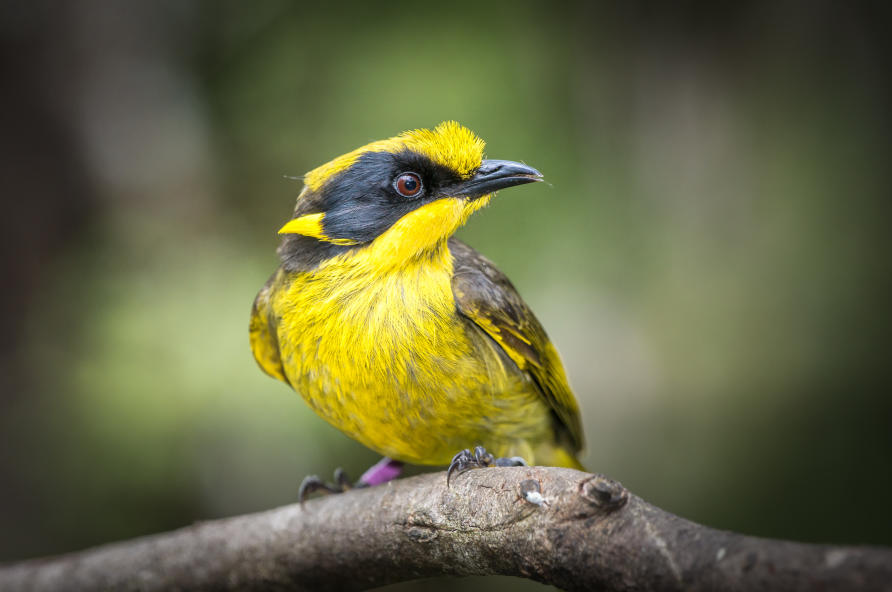
In a recent publication, we discuss the difficulty associated with identifying adaptive diversity, particularly in relation to how genomic information can be used to predict the future vulnerability of species under climate change.
Within this paper, we highlight that while genomics is providing valuable insights into processes like inbreeding, there’s a need to further develop approaches based on functional genes before we can use genomics to predict how species may genetically evolve to deal with future climate change.
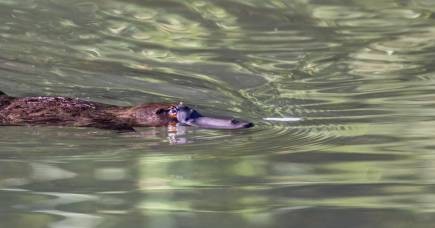
On the DNA trail of the platypus
THE ROLE OF GENES IN SURVIVAL
Increasingly, variation in conservation genetics is now being characterised based on DNA sequence variation that’s scattered throughout the thousands of nucleotides that make up an organism’s genome – so-called single nucleotide polymorphism or SNP markers.
This variation is regarded as a reasonable approximation of adaptive potential, particularly as adaptation involving traits like growth ability, stress tolerance and even disease tolerance are also scattered throughout the genome.
Any sign of variation in the genome is taken as a signal of variation more generally.
Research shows that when flies, birds and other organisms adapt to new environments, hundreds or even thousands of genes throughout the genome can be part of the adaptation process and that these are often inconsistent between evolutionary events, making it hard to identify specific genes involved in adaptation.
There is plenty of evidence that overall levels of genetic variation, regardless of whether it’s adaptive or neutral, affects the rate of adaptation of populations and high levels reduce the probability of populations becoming extinct.
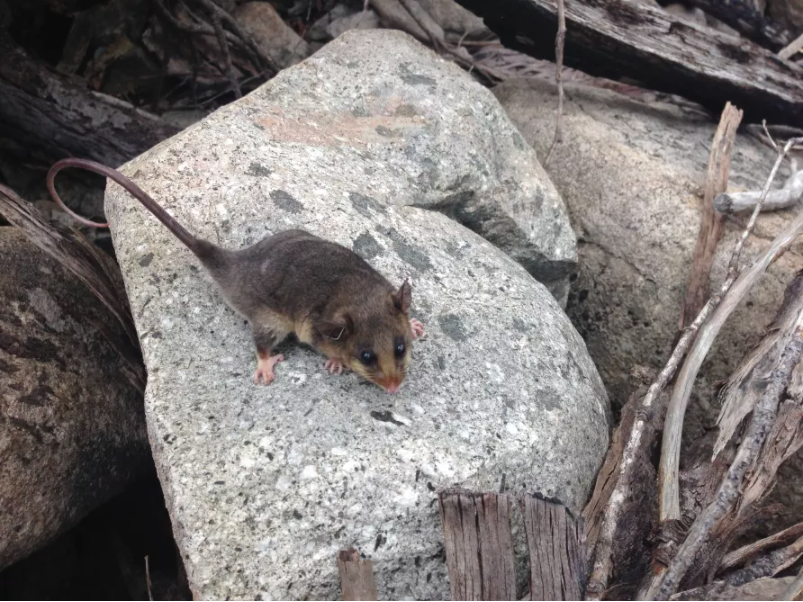
The best studies come from careful laboratory experiments where a large number of populations derived from the same source, but differing in genetic variation, are compared.
Results from these experiments show that larger and genetically diverse populations have much lower extinction rates in experimental systems – like flies and crustaceans.
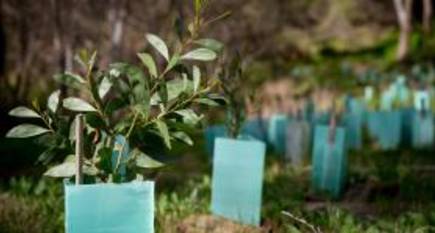
Getting revegetation right with genetics
Under field conditions, there’s also a lot of evidence that an injection of new genetic variants boosts the fitness of threatened species. This includes the genetic rescue strategy used successfully to prevent the extinction of the Mount Buller Mountain Pygmy-possum in Victoria.
RECOVERING GENETIC HEALTH
The initial recovery of “genetic health” in these populations is partly associated with decreasing inbreeding but, in the longer term, the increase in genetic variation will be important for adaptation.
But these genetic strategies cannot succeed, without addressing threats like habitat destruction and invasive predators – both of which went hand-in-hand with the genetic rescue of the Mountain Pygmy-possum.
There is no doubt that many species lacking genetic variation can still be highly successful. This includes many ‘weedy’ species of animals and plants that do not have much genetic variation – including pest species that reproduce clonally like many aphids.
There are also some highly invasive species in Australia that have limited diversity, including foxes, carp, and deer and more. But these species can often reproduce quickly, are freed from natural predators and competitors, and are often generalists, resulting in the quick expansion of populations and range in non-native environments.
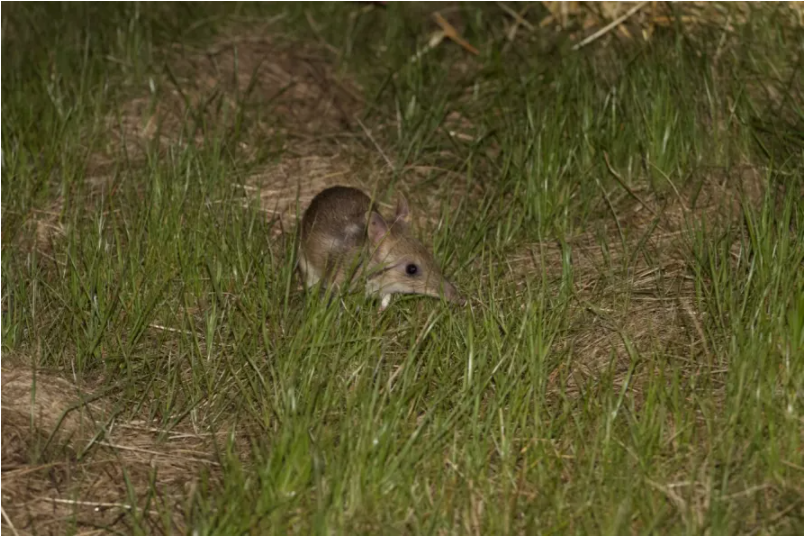
Conservation genetics does not focus on such comparisons between species – instead, it tends to focus on native species of conservation concern where the relative fitness of populations is linked directly to their relative levels of genetic variation.
BEST CHANCE OF SURVIVAL
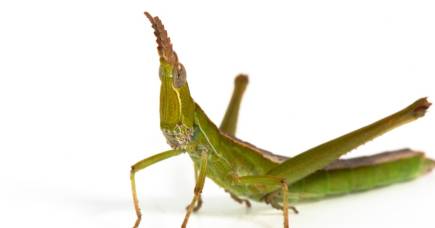
Rediscovering a ‘lost’ species
As we head into an uncertain world, it is important to ensure that threatened species have the best chance of surviving changes to their environment.
There are different ways of boosting genetic variation in populations that have become genetically vulnerable, including the deliberate introduction of individuals from other populations and the re-establishment of habitat corridors.
All of these efforts should coincide with restoration programs that help conservation-dependent species maintain large population sizes, which will in turn enable the maintenance of high levels of genetic diversity, increasing resilience and adaptive capacity.
These are key principles that must be followed – given that adaptive changes to environmental stressors remain unpredictable at the genetic level, are complex involving many genes and are likely to depend on biological as well as environmental factors.
When it comes to conservation efforts in the immediate future, assessing genetic variation across a species’ entire genome must be pivotal in our decision making.
Banner: Mountain Pygmy Possum/ Andrew Weeks